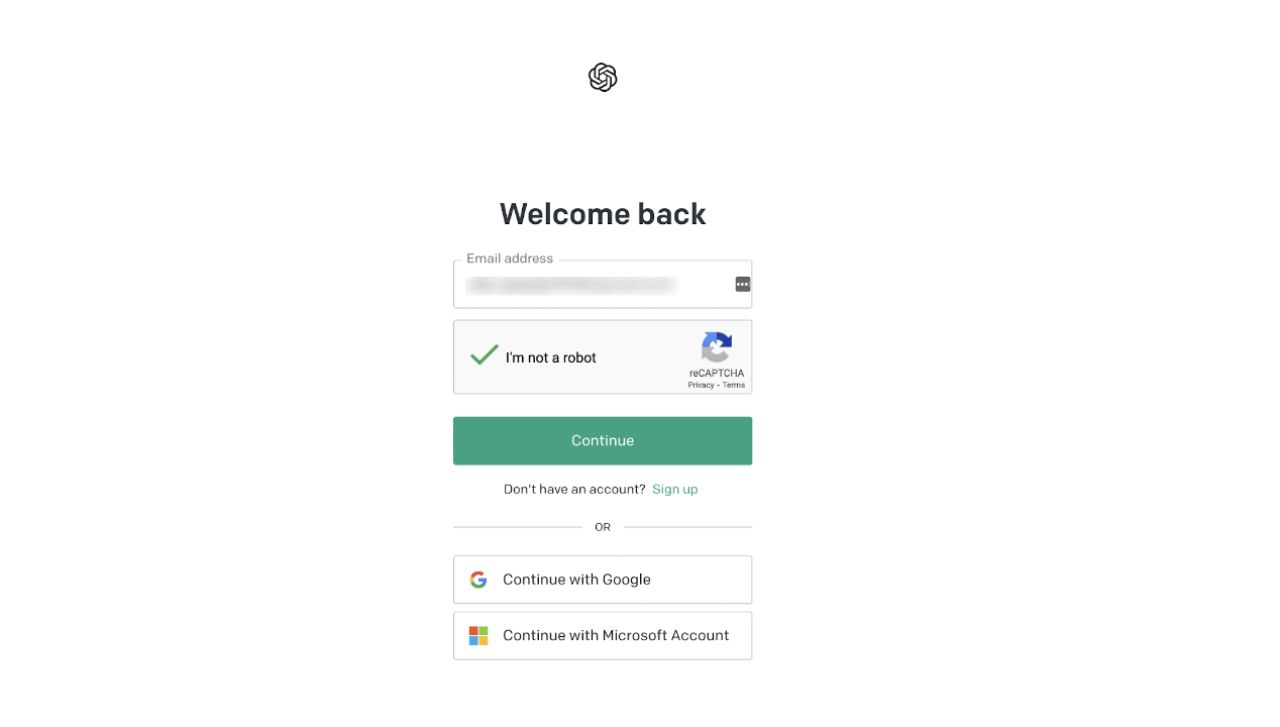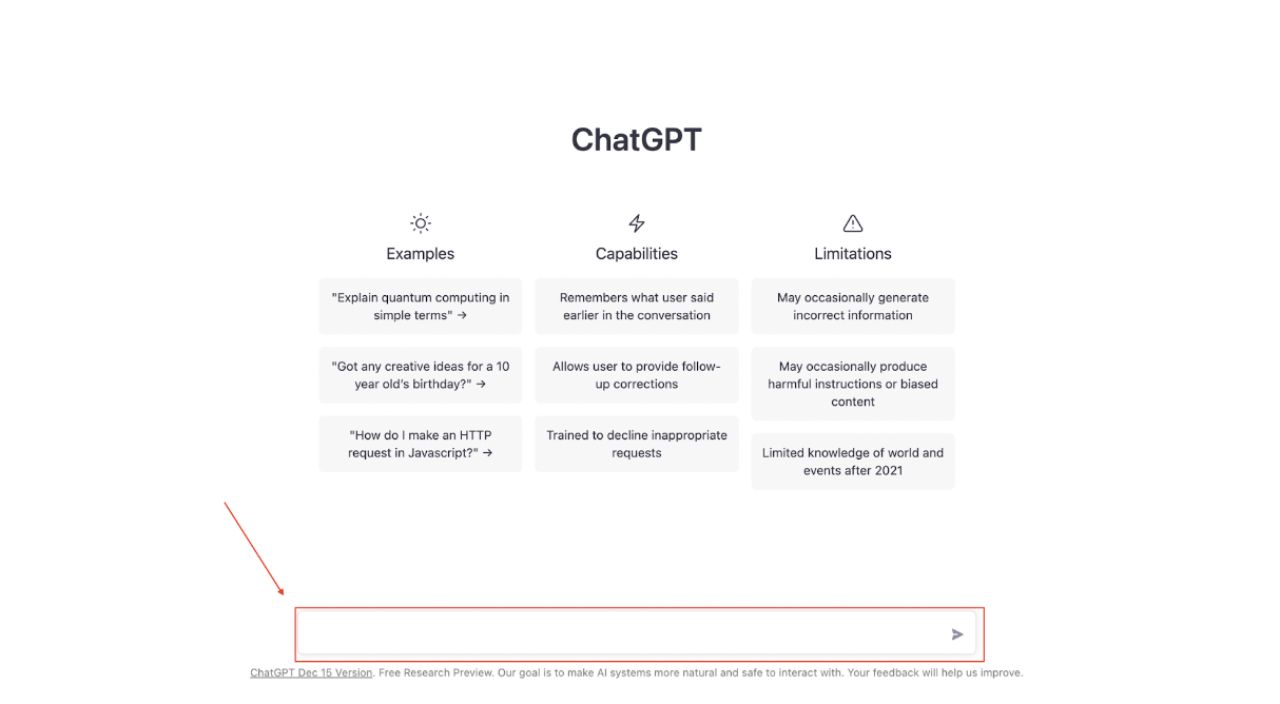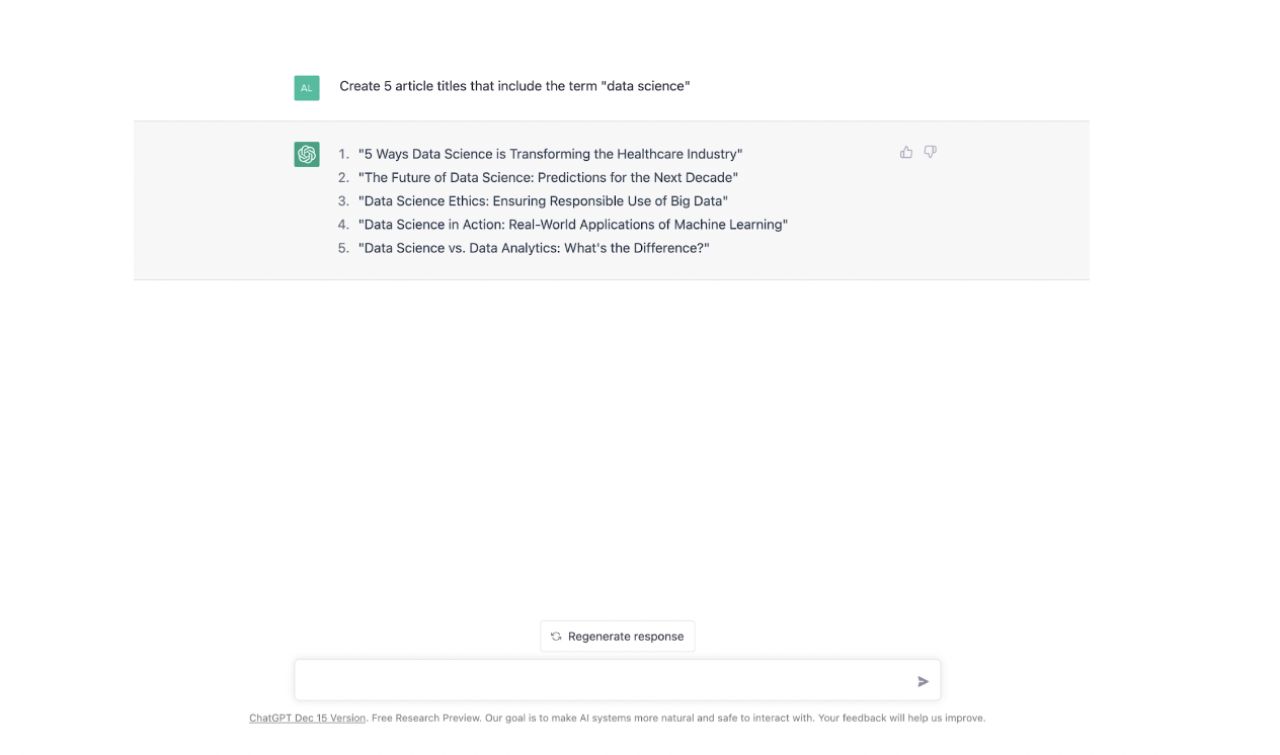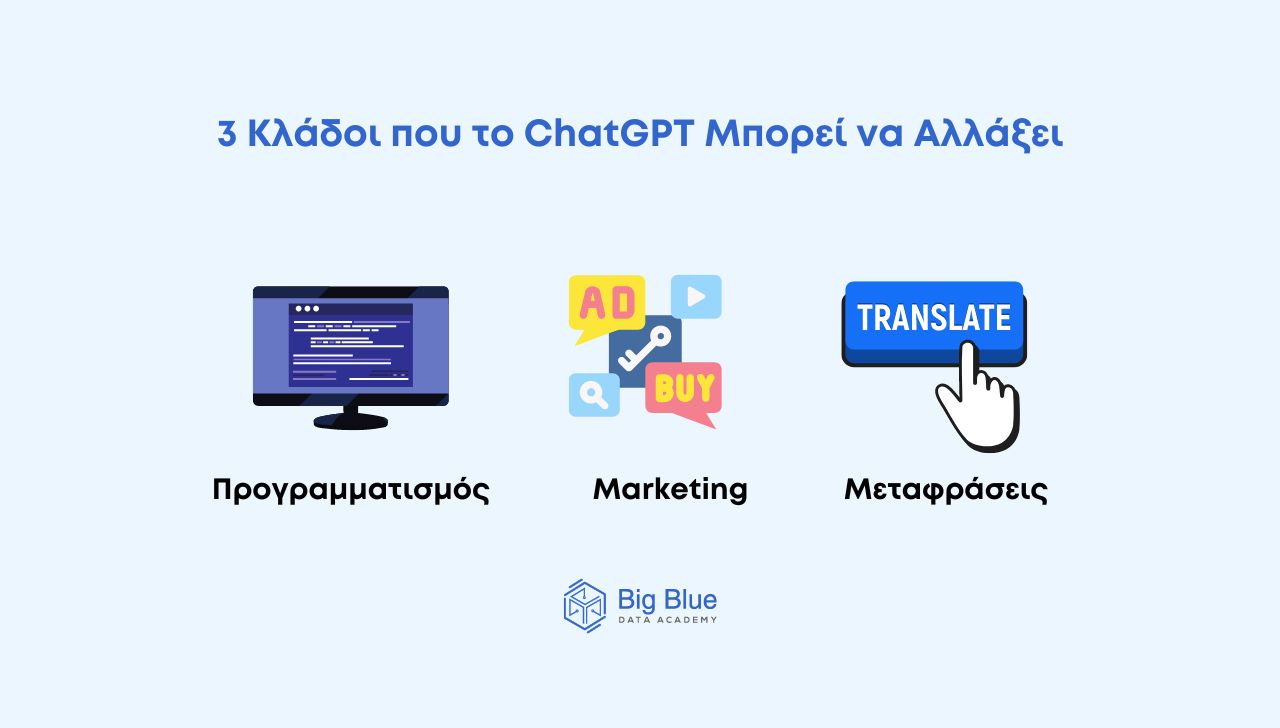What is ChatGPT and What Changes Can it Bring?
In recent years, the presence of artificial intelligence in the field of technology has made a big impression, and it is here to stay and change many things.
For this reason, it has become increasingly important in our daily lives.
It is used by many industries to make many tasks more efficient and accurate.
This is happening because artificial intelligence has the ability to bring significant benefits to many aspects of our lives, and its importance is likely to continue increasing in the future.
A recent version, then, of artificial intelligence and specifically from OpenAI, ChatGPT, is quite talked-about for its capabilities, and it is very interesting to see its applications.
So, in this article we will see:
What ChatGPT is
How ChatGPT works
3 industries that ChatGPT can change
Let’s start with a definition.
What Is ChatGPT
ChatGPT is a chatbot that uses artificial intelligence to interact with people and respond to their questions.
More specifically, it is a type of language model developed by OpenAI and is designed to generate text that resembles human text, based on a given prompt or command.
It uses natural language processing (NLP) to understand the user's question in order to respond accordingly.
It has many capabilities, such as writing texts, reports, research papers, making translations, and answering all kinds of questions.
Overall, ChatGPT is a flexible and valuable tool for any organization that wants to automate or improve its interactions with customers or users.
But how exactly does ChatGPT work?
Let’s take a closer look.
How ChatGPT Works
ChatGPT is a Machine Learning model that uses a specific type of algorithm called deep learning.
Deep Learning is a subset of machine learning that uses neural networks with multiple layers to learn from data.
ChatGPT is a neural network model specifically designed for natural language processing tasks.
So, if you are interested in learning more about it and seeing how it works in practice, follow the steps below.
Step #1: Create an account
To use ChatGPT yourself, create an account after first going to the OpenAI website to register.
This will allow you to gain access to the OpenAI API so that you can use it.
After registering, you will need to verify your email address and then you can log in to your account.
Creating a ChatGPT account is a simple process, and the OpenAI website provides clear instructions and support to help users get started.

Step #2: Give commands
Once you’ve completed the first step, you will now be able to immediately use ChatGPT and test its capabilities.
You can start by typing the commands or prompts you would like it to carry out, and then wait for its response.

Usually, there is no limit to what questions it can answer, as it has proven that it can respond to many different subjects.
One example of a prompt it can carry out is the following: “Create 5 article titles that contain the phrase ‘Data Science.’”
As we see in the image below, ChatGPT has provided the answers and generated five titles containing the phrase “Data Science.”
Another capability that ChatGPT has is writing code.
This, as we understand, is a very big opportunity, especially for new programmers, who can use ChatGPT and consult it in their first steps.
In this example, we asked it to write a piece of code that automatically displays “Hello World” when a page loads.
So these were a few of the many capabilities of ChatGPT, which can be applied to a great number of industries and help them grow.
To make this clearer, let’s take a look at a few industries where ChatGPT can make a difference.
3 Industries That ChatGPT Can Change
As is well known, the applications of artificial intelligence and its examples are quite widespread and can convince us that they can bring many changes and modernize many industries.

Industry #1: Programming
ChatGPT can assist the programming field in several ways.
One of the main ways is through the development of code generation systems.
As we saw above, ChatGPT has the ability to write code following the commands we give it.
By training ChatGPT on a large dataset of code, it can learn the patterns and structures of programming languages.
This can save time and effort for developers by automating some of the most tedious and repetitive parts of the coding process.
Beyond that, however, ChatGPT has the ability to identify bugs in code and offer suggestions for fixes.
Nevertheless, a programmer should not blindly trust ChatGPT, but should verify the answers it provides and cross-check them with reliable sources.
This is because ChatGPT, like any artificial intelligence, has both its pros and cons.
Industry #2: Marketing
ChatGPT can also be a valuable tool for the marketing sector.
This is because it can be used to generate content such as texts, reports, invitations, social media descriptions, campaigns, and advertisements.
It can also be used to analyze customer feedback and sentiments and to provide insights regarding consumer behavior and preferences.
In addition, ChatGPT can be used to create automated responses to customer inquiries and support requests, thus reducing the workload on customer service teams.
It can also be used to create personalized communication, which will enhance customer engagement.
In this way, ChatGPT can help marketing departments save time and resources while improving the effectiveness of their campaigns.
Industry #3: Translations
Another capability of ChatGPT is translations, as it can be used to create high-quality translations of text and speech in real time, which can be especially useful in areas such as customer service, education, and e-commerce.
The fact that ChatGPT can be integrated with IoT devices to provide natural language control and automation capabilities makes it easier to use in our daily lives.
Additionally, ChatGPT can be fine-tuned in a specific field, such as legal or medical, to improve the accuracy of translations in that area.
As we also see in the example above, we gave ChatGPT a text to translate from English to Greek.
The same can be done for any language and for any purpose.
In this way, ChatGPT offers solutions for many daily activities and can assist in a wide variety of situations.
In Short
We saw that ChatGPT is a powerful tool that can help in a wide range of fields, such as marketing, programming, and translations.
Its ability to understand and generate text like a human makes it an ideal tool for automating repetitive tasks and providing valuable insights.
As digital transformation and natural language processing technology continues to advance, we can expect to see ChatGPT and similar models used in an even broader range of applications.
This is because it is a powerful tool that can help businesses and organizations to continuously improve!


.jpg)